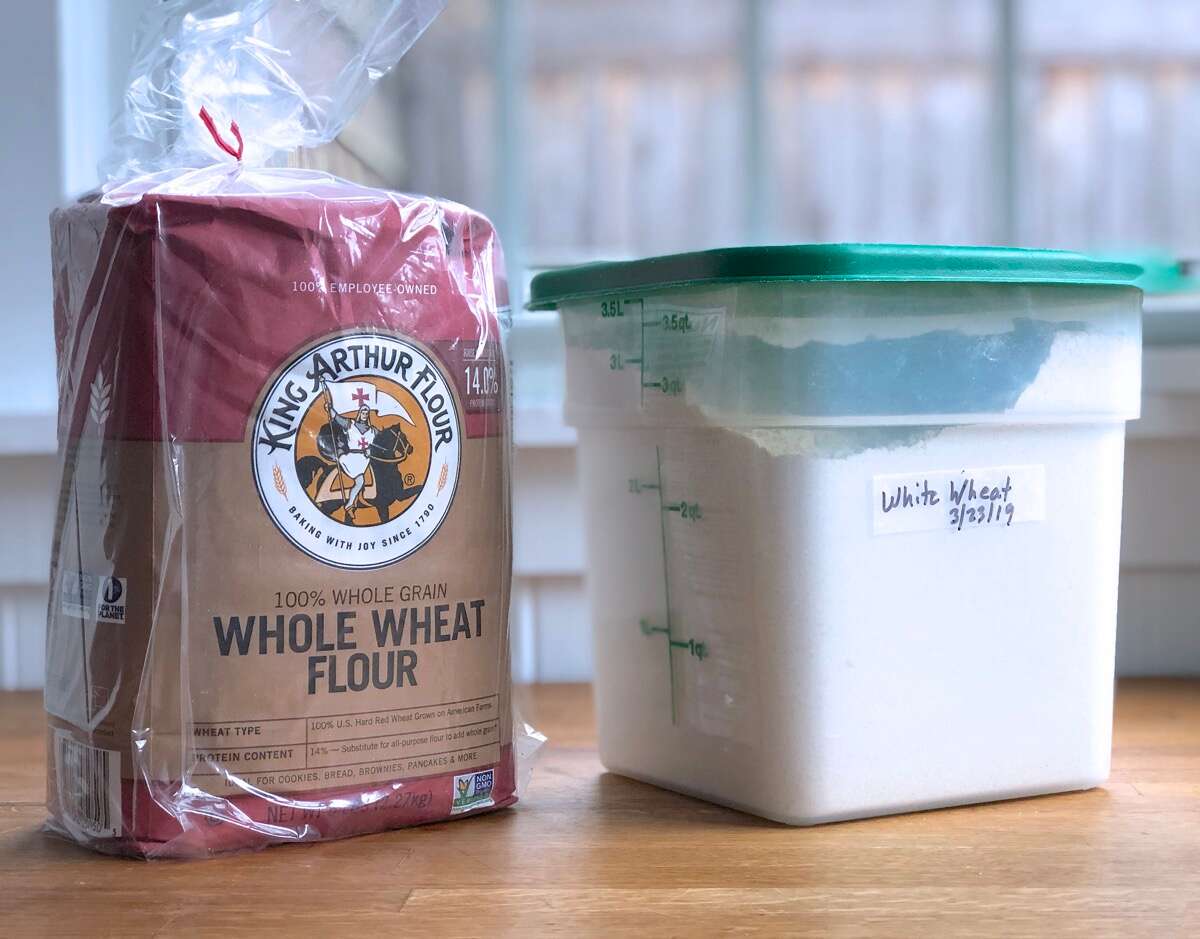

Articles
How To Store Whole Wheat Flour Long Term
Modified: December 7, 2023
Learn the best techniques to store whole wheat flour for long-term use. Discover essential tips and tricks in this informative article.
(Many of the links in this article redirect to a specific reviewed product. Your purchase of these products through affiliate links helps to generate commission for Storables.com, at no extra cost. Learn more)
Introduction
Whole wheat flour is a staple in many kitchens, providing a nutritious and versatile ingredient for baking bread, pastries, and other culinary delights. However, like any other food item, whole wheat flour is susceptible to spoilage and degradation over time. To ensure that your supply of whole wheat flour remains fresh and usable for an extended period, it is essential to store it properly.
In this article, we will explore the importance of storing whole wheat flour long term, the factors to consider before storing, choosing the right storage container, the recommended storage environment, preparing the flour for storage, methods for long-term storage, monitoring and maintaining quality, and tips for using stored whole wheat flour.
By following these guidelines, you can prolong the shelf life of your whole wheat flour and have it readily available whenever you need it, ensuring that your baked goods are always delicious and nutritious.
Key Takeaways:
- Properly storing whole wheat flour is essential for prolonged shelf life, cost savings, emergency preparedness, and preserving freshness and nutrients, ensuring delicious and nutritious baked goods.
- Choosing the right storage container, preparing the flour for storage, and monitoring quality are crucial for maintaining the freshness and usability of stored whole wheat flour over time.
Read more: How To Store Whole Wheat Flour
Importance of Storing Whole Wheat Flour
Properly storing whole wheat flour is crucial for maintaining its quality and ensuring the best possible results in your baking endeavors. Here are a few reasons why storing whole wheat flour correctly is important:
- Prolonged Shelf Life: Whole wheat flour, like any other food item, has a limited shelf life. By storing it properly, you can extend its usability and prevent it from spoiling or becoming rancid. This allows you to stock up on whole wheat flour without worrying about it going to waste.
- Preserve Freshness: Whole wheat flour contains natural oils and nutrients that can degrade over time, especially when exposed to heat, light, or moisture. Storing it in optimal conditions helps preserve its freshness and nutritional value, ensuring that your baked goods are of the highest quality.
- Cost Savings: Buying whole wheat flour in bulk or during sales can be a cost-effective option. By storing it correctly, you can take advantage of these cost savings without compromising on the quality or taste of your baked goods.
- Emergency Preparedness: Having a long-term supply of whole wheat flour can be beneficial in case of emergencies or unexpected situations. It provides you with the reassurance of having a reliable food source during times when access to fresh ingredients may be limited.
By understanding the importance of storing whole wheat flour, you can take the necessary steps to protect and maximize its quality, ensuring that you always have a reliable source of this versatile ingredient in your pantry.
Factors to Consider Before Storing
Before storing your whole wheat flour long term, there are several important factors to consider. These factors can greatly impact the longevity and quality of your stored flour. Let’s explore them:
- Quality of the Flour: It is crucial to start with high-quality whole wheat flour when considering long-term storage. Check the packaging for any signs of damage or pests, and ensure that the flour is within its expiration date. Using fresh and high-quality flour will give you better results when it comes to storing it.
- Container Selection: Choosing the right storage container is essential for preserving the freshness of your whole wheat flour. Opt for a container that is airtight and made of food-grade materials. This will help prevent moisture, pests, and odors from affecting the flour.
- Storage Location: The location in which you store your whole wheat flour can have a significant impact on its longevity. It is recommended to store it in a cool, dark, and dry place, away from direct sunlight, heat sources, and moisture. This will help maintain its freshness and prevent the growth of mold or pests.
- Temperature and Humidity: Whole wheat flour is sensitive to temperature and humidity fluctuations. Avoid storing it in areas with high humidity levels or extreme temperatures, as this can accelerate the degradation process and affect the quality of the flour.
- Container Cleanliness: Before transferring your flour to a storage container, ensure that it is clean and free from any contaminants. Any residue or crumbs left in the container can introduce moisture or pests, compromising the quality of the stored flour.
- Labeling and Rotation: To maintain organization and prevent confusion, it’s important to label your storage containers with the date of storage. Additionally, practice the principle of first-in, first-out (FIFO) to ensure that you use the oldest flour first before moving on to the newer batches.
By considering these factors before storing your whole wheat flour, you can make informed decisions that will ensure the longevity, freshness, and quality of your stored flour. Taking these steps will help you enjoy the benefits of having a reliable supply of whole wheat flour whenever you need it.
Choosing the Right Storage Container
The selection of the right storage container is crucial when it comes to preserving the quality and freshness of your whole wheat flour during long-term storage. Here are some factors to consider when choosing a storage container:
- Airtightness: Opt for a container that is airtight to prevent any moisture, air, pests, or odors from contaminating the flour. This will help maintain the quality and extend the shelf life of the flour.
- Material: Choose a container made of food-grade materials such as glass, plastic, or metal. Ensure that the material is food-safe and BPA-free to avoid any potential health risks.
- Size: Consider the amount of whole wheat flour you plan to store. Select a container that can accommodate the desired quantity without leaving excessive empty space. Choosing the right size can minimize air exposure and help maintain freshness.
- Transparency: Opt for a transparent or translucent container that allows you to see the contents inside. This makes it easier to monitor the condition of the flour without having to open the container, minimizing potential exposure to air and moisture.
- Lid: Ensure that the container has a secure and tight-fitting lid. This will prevent any air or moisture from entering and protect the flour from pests. A well-sealed lid also helps maintain the desired storage environment for the flour.
- Easy to Clean: Consider a container that is easy to clean to maintain proper hygiene. Avoid containers with intricate designs or difficult-to-reach corners that could trap flour residue and make cleaning challenging.
Remember to thoroughly clean and dry the storage container before transferring your whole wheat flour into it. This will help reduce the risk of introducing any contaminants to the stored flour.
By choosing the right storage container, you can ensure the longevity and quality of your whole wheat flour. This will result in delicious and nutritious baked goods that you can enjoy for an extended period.
Recommended Storage Environment
The storage environment plays a crucial role in maintaining the freshness and quality of your whole wheat flour during long-term storage. To ensure optimal conditions for your stored flour, consider the following recommendations:
- Temperature: Store your whole wheat flour in a cool environment. Ideally, the temperature should be between 50°F (10°C) and 70°F (21°C). Avoid areas that are prone to extreme temperature fluctuations, as this can affect the quality and shelf life of the flour.
- Humidity: Low humidity levels are essential when storing whole wheat flour. Aim for a humidity level between 10% and 15%. High humidity can lead to the absorption of moisture by the flour, causing its quality to deteriorate and potentially leading to mold growth.
- Light Exposure: Protect your whole wheat flour from exposure to light. Light can accelerate the degradation process and cause nutrient loss. Choose a storage location away from direct sunlight or artificial light sources to preserve the quality of the flour.
- Away from Odors: Store your flour away from strong-smelling substances. Whole wheat flour is highly absorbent and can easily pick up odors from its surroundings. Keep it away from spices, cleaning agents, or any other items with potent odors to maintain the integrity of the flour’s flavor and aroma.
- Pest Prevention: Take measures to prevent pests from infesting your stored flour. Ensure that the storage area is clean and free from any potential food sources for pests. Seal any cracks or openings that could serve as entry points for insects or rodents.
It is also important to regularly monitor the storage environment. Check the temperature, humidity levels, and any signs of pests. Make adjustments as needed to maintain the recommended storage conditions for your whole wheat flour.
By following these recommendations for the storage environment, you can ensure that your whole wheat flour remains fresh, flavorful, and nutritious over an extended period.
Store whole wheat flour long term by keeping it in an airtight container in a cool, dark place, such as a pantry or cupboard. This will help to prevent the flour from going rancid and maintain its freshness for an extended period of time.
Read more: How To Store Wheat Flour For Long Time
Preparing Whole Wheat Flour for Long-Term Storage
Before storing your whole wheat flour for an extended period, it is essential to properly prepare it to ensure its longevity and quality. Here are some steps to follow when preparing your flour for long-term storage:
- Sift the Flour: Sifting the flour helps remove any lumps or impurities. It also aerates the flour, allowing for better preservation and preventing clumping during storage.
- Measure and Package: Measure the desired quantity of whole wheat flour you wish to store. Divide it into smaller portions that are appropriate for your needs. Packaging the flour in smaller quantities helps maintain the freshness of the unopened portions, minimizing exposure to air when accessing the flour.
- Use Airtight Containers: Transfer the measured flour into airtight containers, ensuring that they are properly sealed. This prevents any air, moisture, pests, or odors from contaminating the flour and helps maintain its quality over time.
- Label and Date: Clearly label each container with the contents and the date of storage. This ensures proper organization and enables you to practice the principle of first-in, first-out (FIFO), using the oldest flour first.
- Store in a Suitable Environment: Place the containers of whole wheat flour in a cool, dry, and dark location, away from direct sunlight, heat sources, and humidity. Ensure that the storage area is clean and well-maintained to minimize the risk of pests or moisture affecting the flour.
By following these preparation steps, you can ensure that your whole wheat flour is in the best possible condition for long-term storage. Properly preparing the flour helps maintain its freshness, quality, and nutritional value, ensuring that you have a reliable supply of flour whenever you need it.
Methods for Long-Term Storage
When it comes to storing whole wheat flour for an extended period, there are a few methods you can employ to maximize its shelf life. Consider the following methods for long-term storage:
- Freezer Storage: Placing your whole wheat flour in the freezer is a great option for preserving its freshness. Before storing, make sure the flour is in an airtight container or freezer-safe bags to prevent exposure to air and moisture. Freezing can greatly extend the shelf life of whole wheat flour, keeping it fresh for up to two years.
- Pantry Storage: If you have a cool, dark, and dry pantry, you can store your whole wheat flour in airtight containers at room temperature. Make sure the containers are stored away from heat sources, direct sunlight, and moisture. This method is suitable for short to medium-term storage (up to a year).
- Vacuum Sealing: Using a vacuum sealer can remove excess air from the storage container, further extending the shelf life of your whole wheat flour. Vacuum-sealed bags or containers help prevent oxidation and keep the flour fresh for a longer duration.
- Mylar Bags with Oxygen Absorbers: Mylar bags provide an additional layer of protection against air, moisture, and light. When combined with oxygen absorbers, they create an ideal storage environment for your whole wheat flour, extending its shelf life for several years.
- Pantries with Controlled Environments: If you have the means, investing in a pantry with controlled temperature and humidity levels is an excellent option for long-term storage. These pantries are specifically designed for food storage and can provide an optimal environment for preserving the quality of your whole wheat flour.
It’s important to note that regardless of the storage method you choose, regularly check the condition of your stored flour. Look for any signs of spoilage, such as a rancid smell or the presence of insects. If you notice any issues, discard the affected flour and adjust your storage method or environment if necessary.
By utilizing these methods for long-term storage, you can ensure that your whole wheat flour remains fresh, flavorful, and ready to use for an extended period.
Monitoring and Maintaining Quality
Monitoring and maintaining the quality of your stored whole wheat flour is essential to ensure its usability and freshness over time. Here are some tips to help you monitor and maintain the quality of your flour:
- Regular Inspections: Periodically inspect your stored flour for any signs of spoilage, such as a strange odor, discoloration, or the presence of pests. This allows you to catch any potential issues early and take appropriate action.
- Storage Conditions: Ensure that the storage conditions remain optimal. Check the temperature and humidity levels regularly to ensure they are within the recommended range. Make any necessary adjustments, such as moving the flour to a cooler or drier area if needed.
- Rotate Stock: Practice first-in, first-out (FIFO) to ensure that you use the older batches of flour before the newer ones. This helps prevent any flour from being stored for too long, minimizing the risk of it going bad.
- Seal Integrity: Regularly check the airtight seals of your containers to ensure they are intact. If you notice any damaged seals, replace them immediately to maintain the freshness and prevent any potential contamination.
- Storage Duration: Keep track of how long you have stored your whole wheat flour. While properly stored flour can remain usable for an extended period, it is still advisable to use it within a reasonable timeframe to ensure the best quality and flavor.
- Taste and Smell Test: If you are unsure about the quality of your stored flour, conduct a taste and smell test before using it in your recipes. If the flour tastes rancid or has a strong off-putting odor, it is advisable to discard it and acquire a fresh supply.
By actively monitoring the quality of your stored whole wheat flour and maintaining optimal storage conditions, you can ensure that it remains fresh, safe, and suitable for your culinary needs.
Remember, it is always better to be cautious and discard any flour that shows signs of spoilage or degradation. It’s worth investing in a fresh supply to ensure the best results in your baking endeavors.
Tips for Using Stored Whole Wheat Flour
When it comes to using stored whole wheat flour, there are a few tips and considerations to keep in mind to ensure the best results in your baking and cooking. Here are some helpful tips:
- Allow for Temperature Equalization: Before using your stored whole wheat flour, allow it to come to room temperature. This will help it achieve better consistency and incorporate into your recipes more smoothly.
- Sift the Flour: Even if you’ve stored your whole wheat flour properly, it’s a good idea to sift it before using it. This helps break up any clumps that may have formed during storage and ensures an even and consistent texture in your baked goods.
- Adjust Moisture Levels: Whole wheat flour tends to absorb more moisture compared to all-purpose flour. When using it in recipes, you may need to slightly increase the liquid content to achieve the desired consistency. Be mindful of this and adjust the moisture levels accordingly.
- Experiment with Ratios: Whole wheat flour has a different flavor and texture compared to all-purpose flour. Consider mixing it with other flours or using a combination of all-purpose and whole wheat flour in your recipes to achieve the desired taste and texture.
- Freshen Up the Flavor: If your stored whole wheat flour has been stored for an extended period, its flavor may have slightly diminished. To freshen up the flavor, try toasting the flour in a dry skillet over medium heat for a few minutes. This will enhance the nutty flavor and aroma of the flour.
- Store in Smaller Containers: If you consistently use small amounts of whole wheat flour, consider dividing your stored flour into smaller containers. This way, you only open one container at a time, minimizing exposure to air and moisture, and preserving the freshness of the remaining flour.
- Experiment with Recipes: Whole wheat flour adds a unique flavor and texture to baked goods. Embrace this quality by experimenting with recipes specifically designed for whole wheat flour or adapting your favorite recipes to incorporate whole wheat flour. This can lead to delicious and nutritious creations!
Remember, the freshness and quality of your stored whole wheat flour will impact the outcome of your baked goods. Use your senses – taste, smell, and visual appearance – to assess the quality of the flour before using it in your recipes. If it seems off or has an unpleasant odor, it is advisable to discard it and acquire a fresh supply.
With these tips, you can make the most out of your stored whole wheat flour and enjoy the distinctive flavors and nutritional benefits it brings to your baked goods and cooking endeavors.
Read more: How To Store Flour Long Term
Conclusion
Storing whole wheat flour properly is crucial for maintaining its freshness, quality, and nutritional value over the long term. By following the recommendations outlined in this article, you can ensure that your stored flour remains usable and in the best possible condition for your baking and cooking needs.
Remember to consider factors such as the quality of the flour, choosing the right storage container, creating an optimal storage environment, and properly preparing the flour for storage. Monitor and maintain the quality of the stored flour by regularly inspecting the containers, checking the storage conditions, and practicing proper rotation.
When using your stored whole wheat flour, keep in mind that it may require adjustments in moisture levels and mixing ratios in recipes. Sifting the flour and experimenting with different recipes can also enhance the flavor and texture of your baked goods.
By incorporating these tips into your storage and usage practices, you can ensure that your stored whole wheat flour remains fresh, delicious, and nutritious for an extended period. Enjoy the convenience and satisfaction of having a reliable supply of whole wheat flour at your fingertips, ready to create wholesome culinary delights.
So, don’t hesitate to stock up on whole wheat flour, follow the storage guidelines, and embark on your baking journey with confidence, knowing that your stored flour is in the best possible condition to deliver exceptional results.
Frequently Asked Questions about How To Store Whole Wheat Flour Long Term
Was this page helpful?
At Storables.com, we guarantee accurate and reliable information. Our content, validated by Expert Board Contributors, is crafted following stringent Editorial Policies. We're committed to providing you with well-researched, expert-backed insights for all your informational needs.
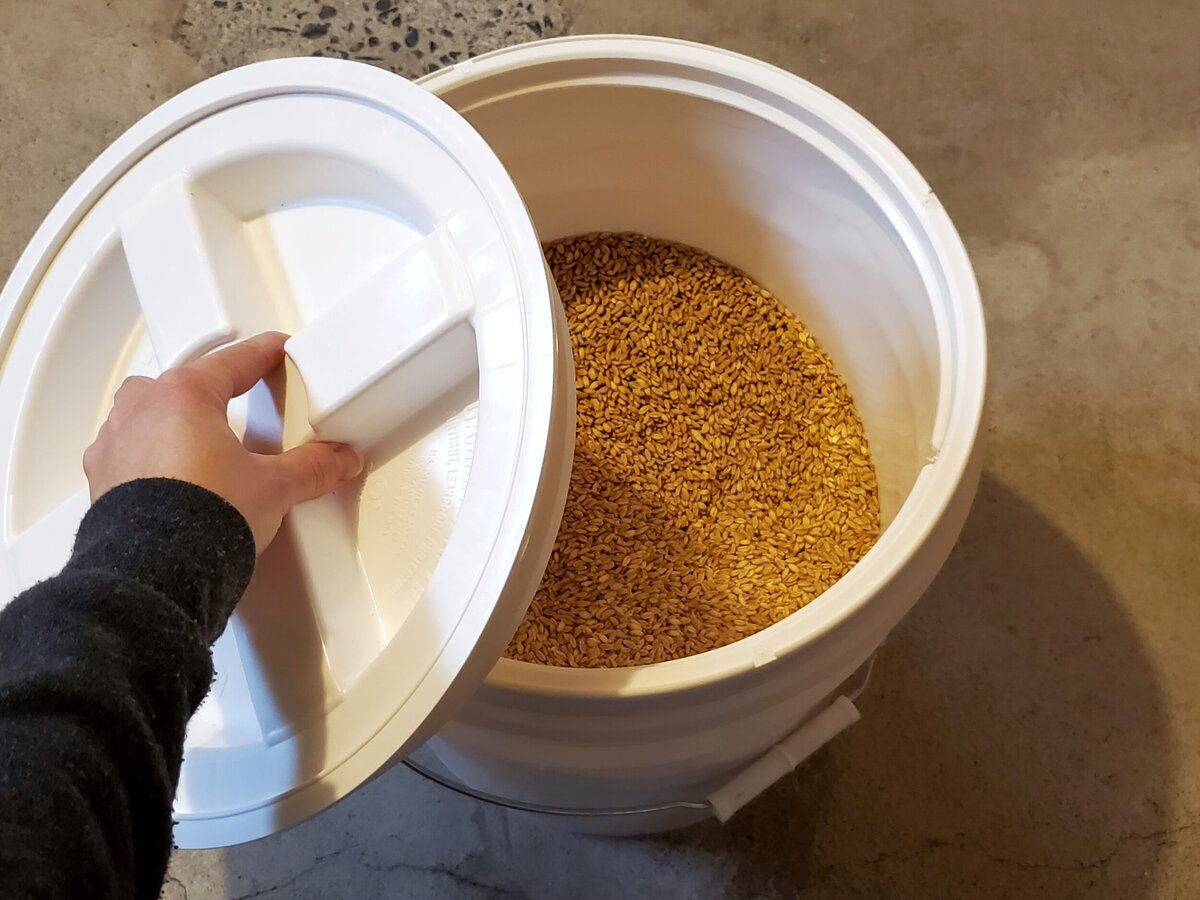
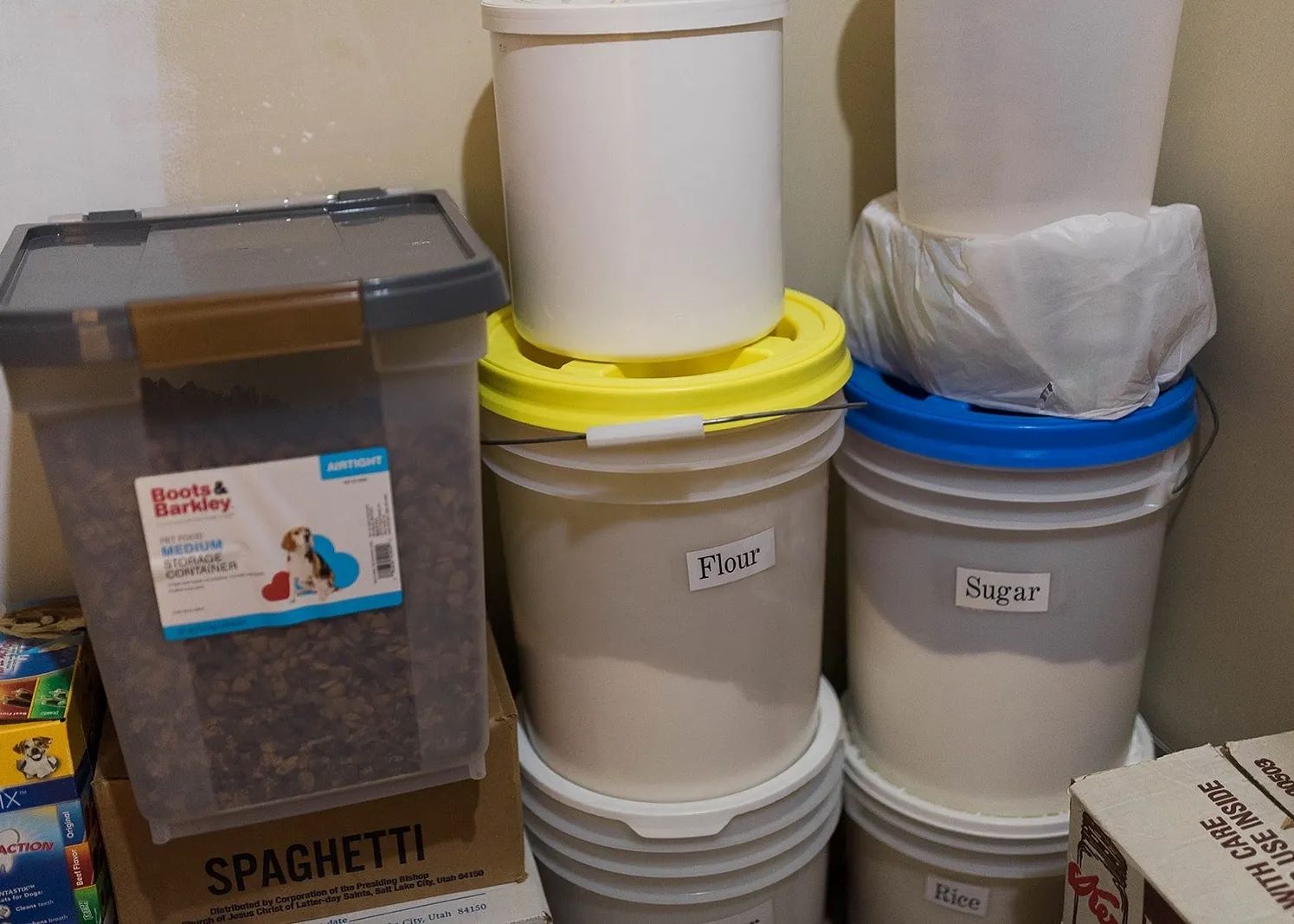
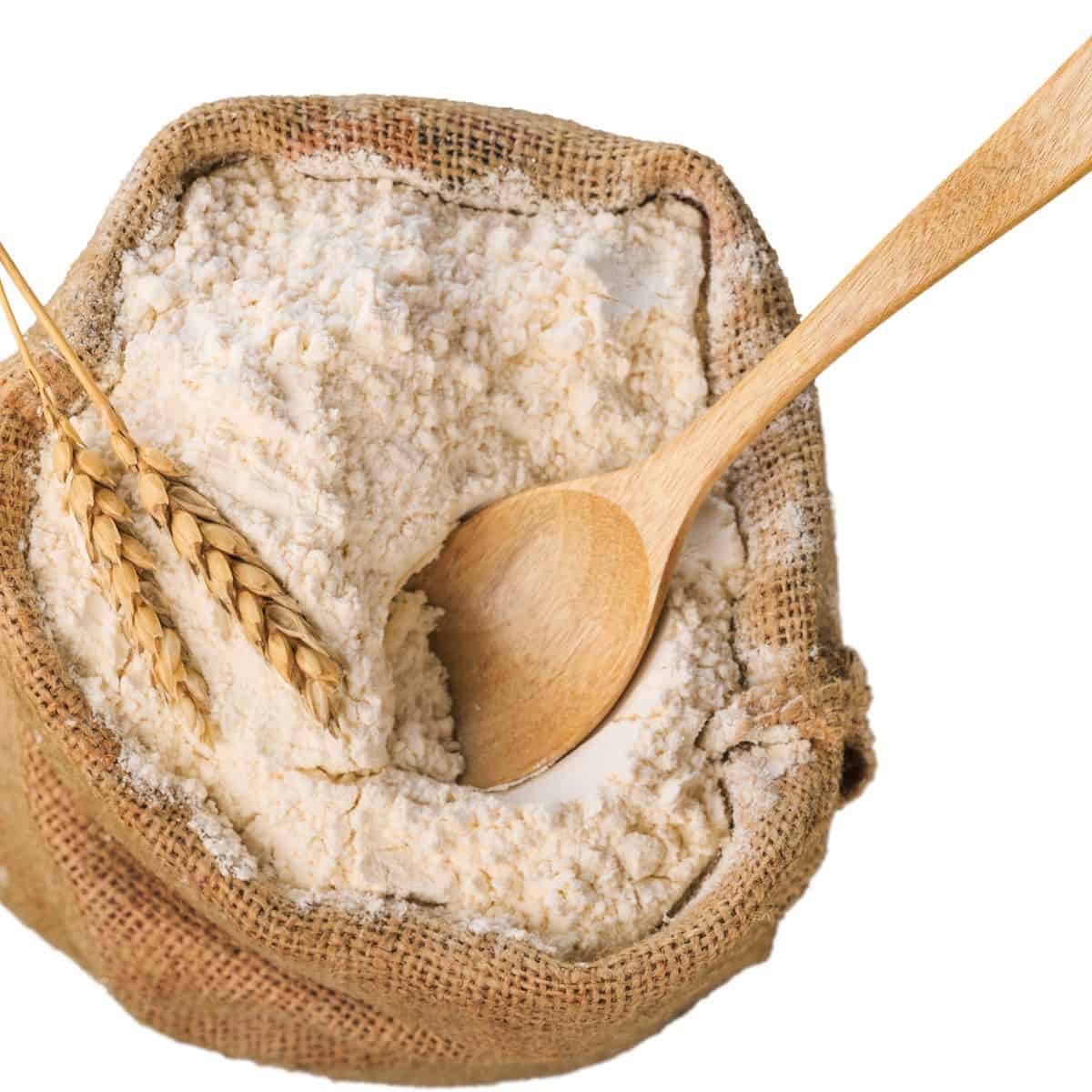
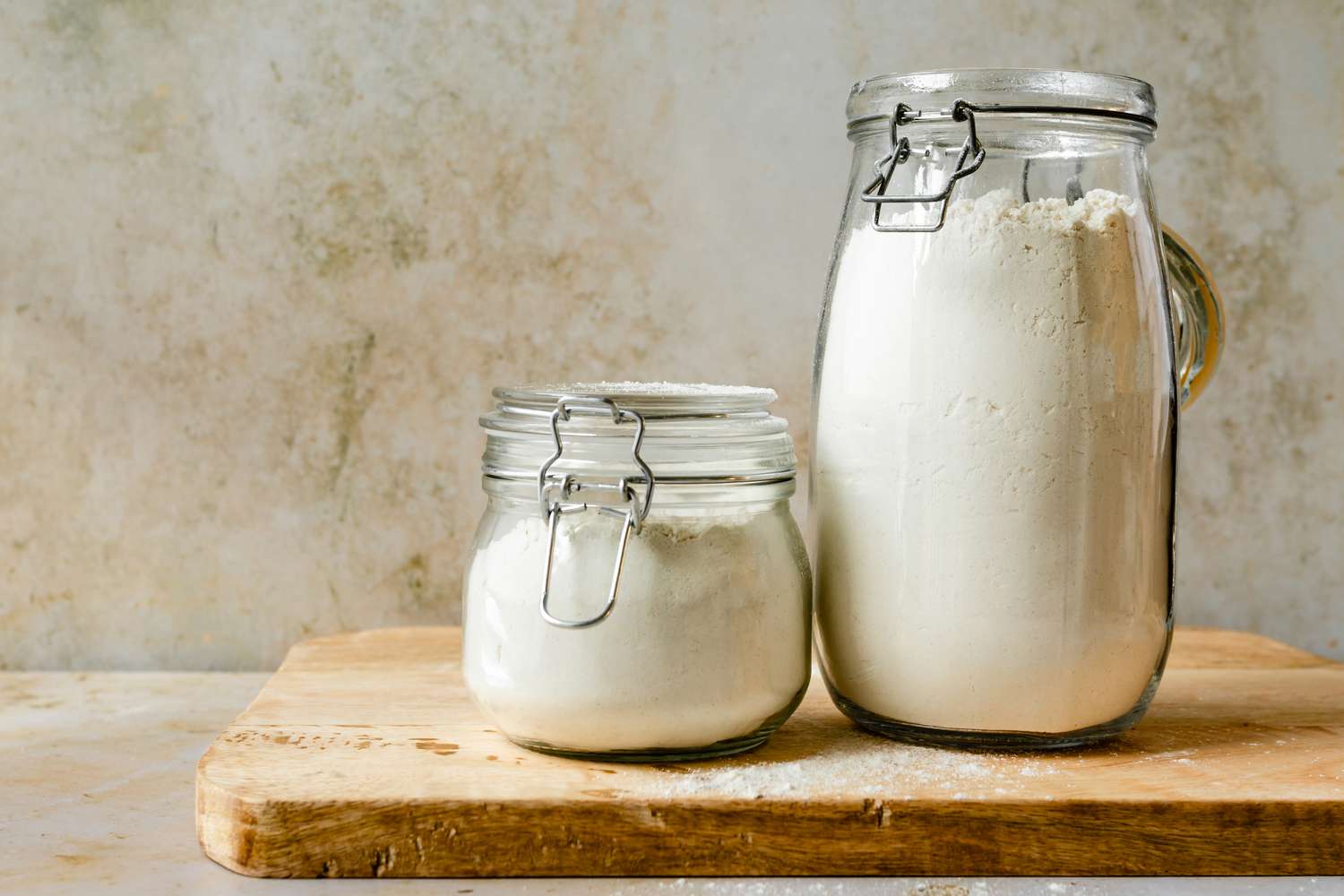
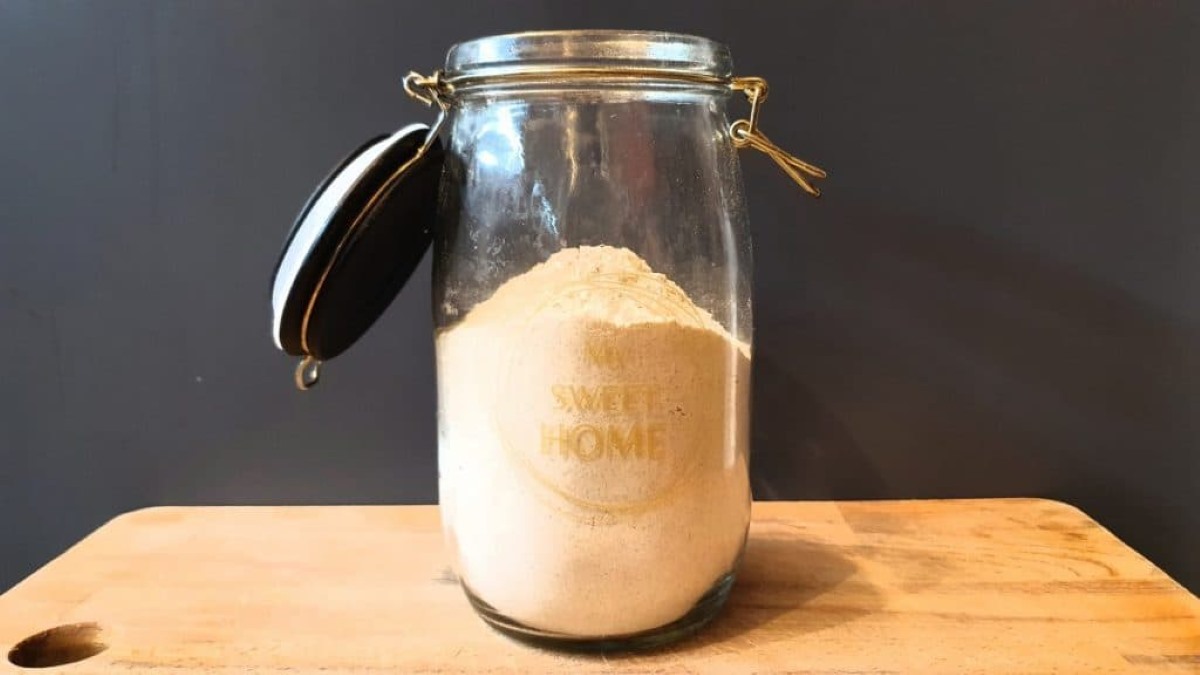
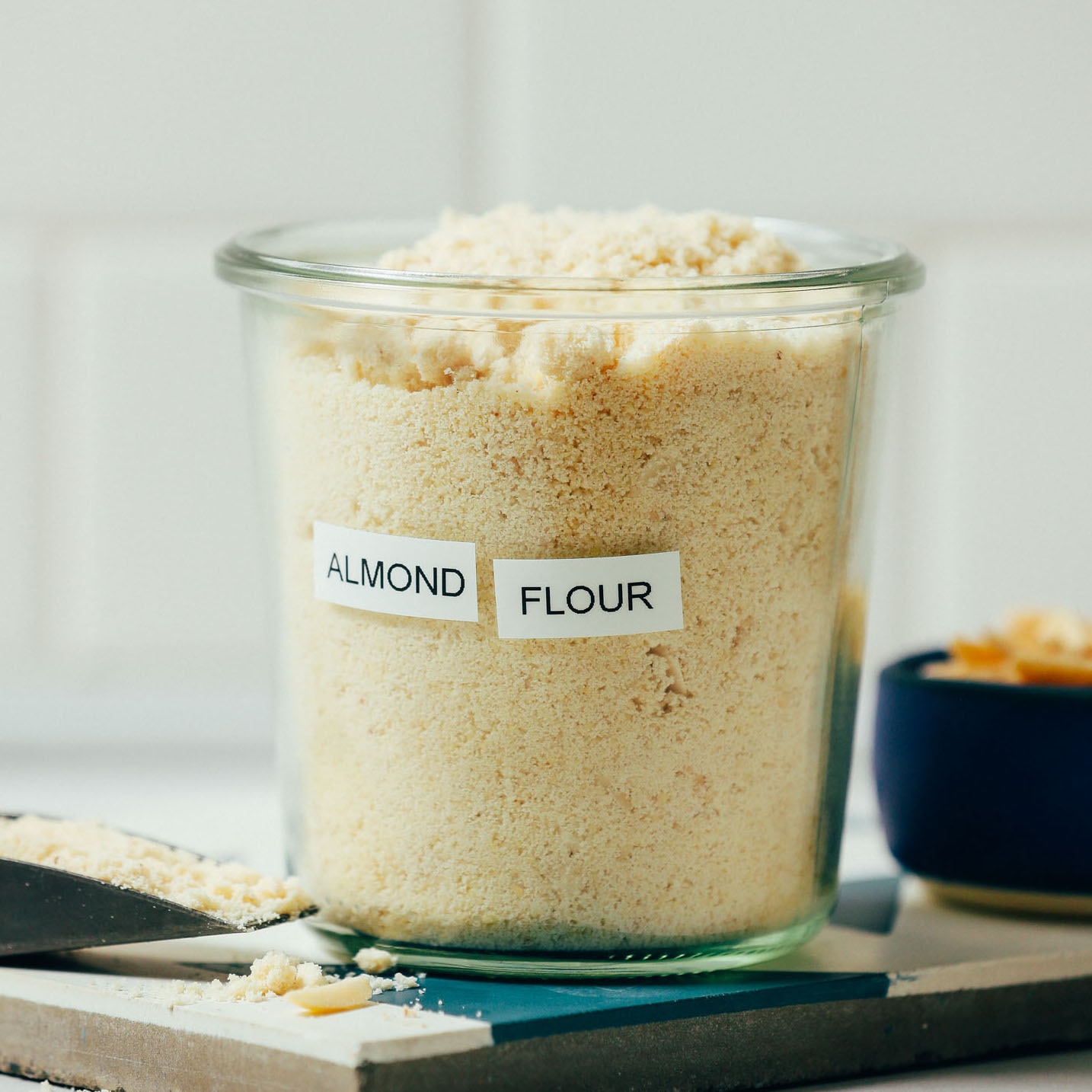

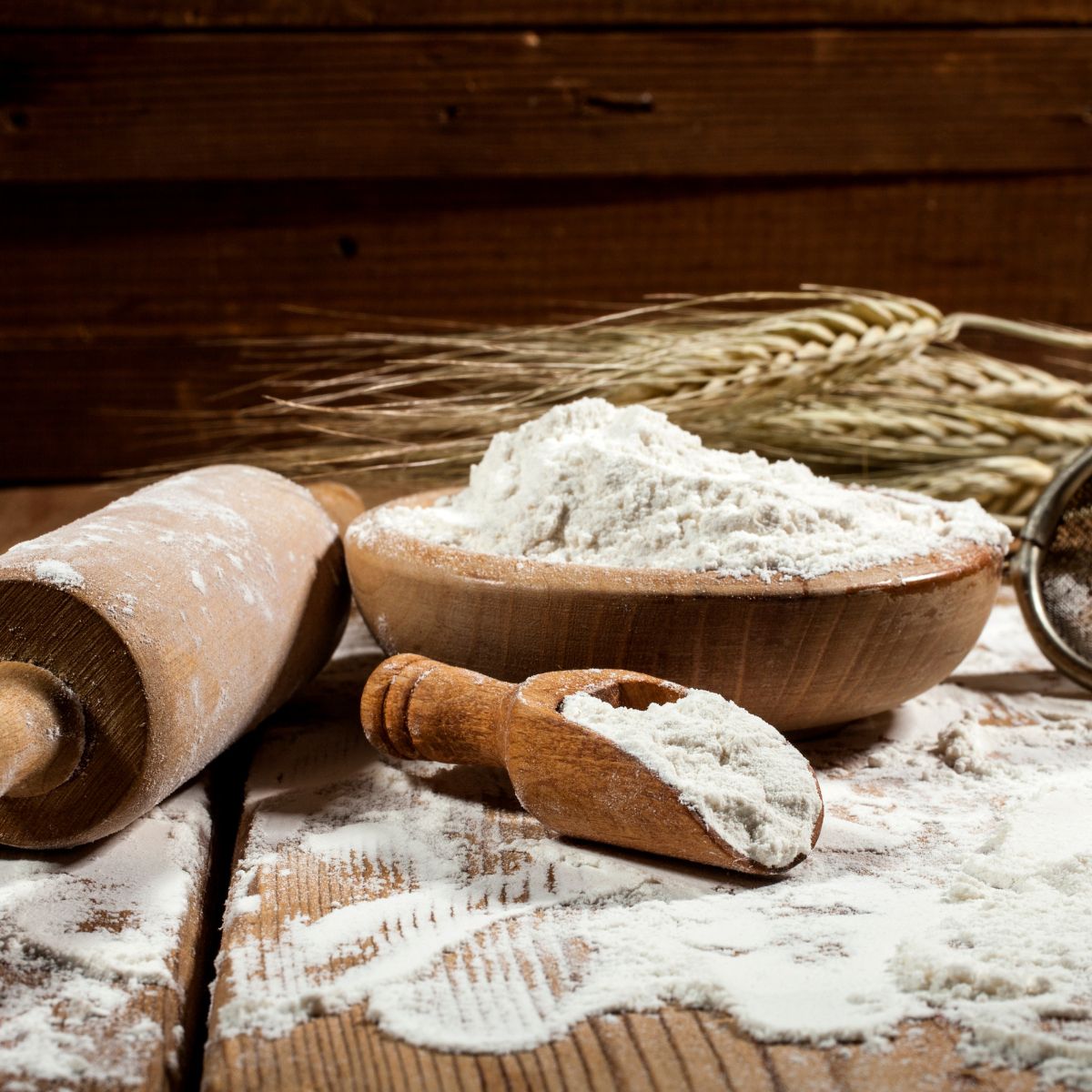
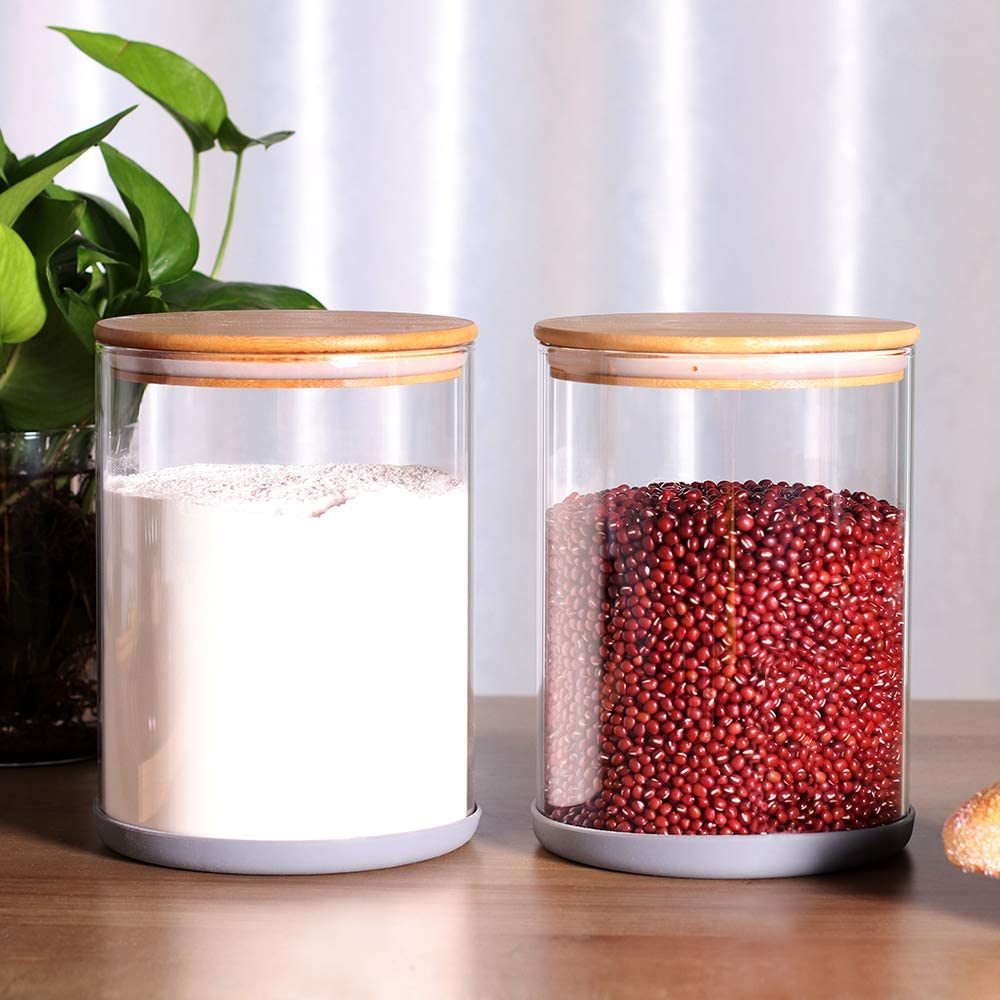

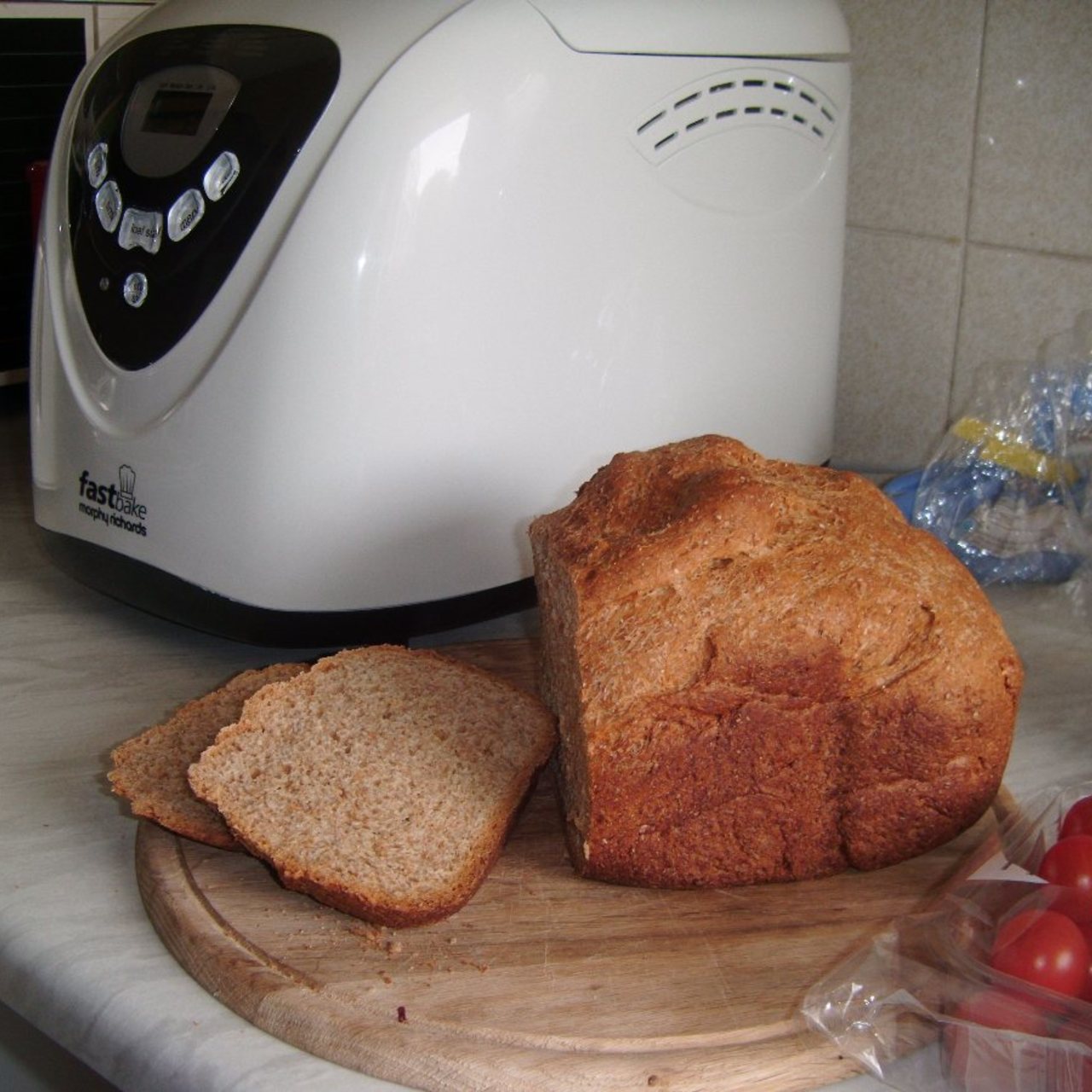
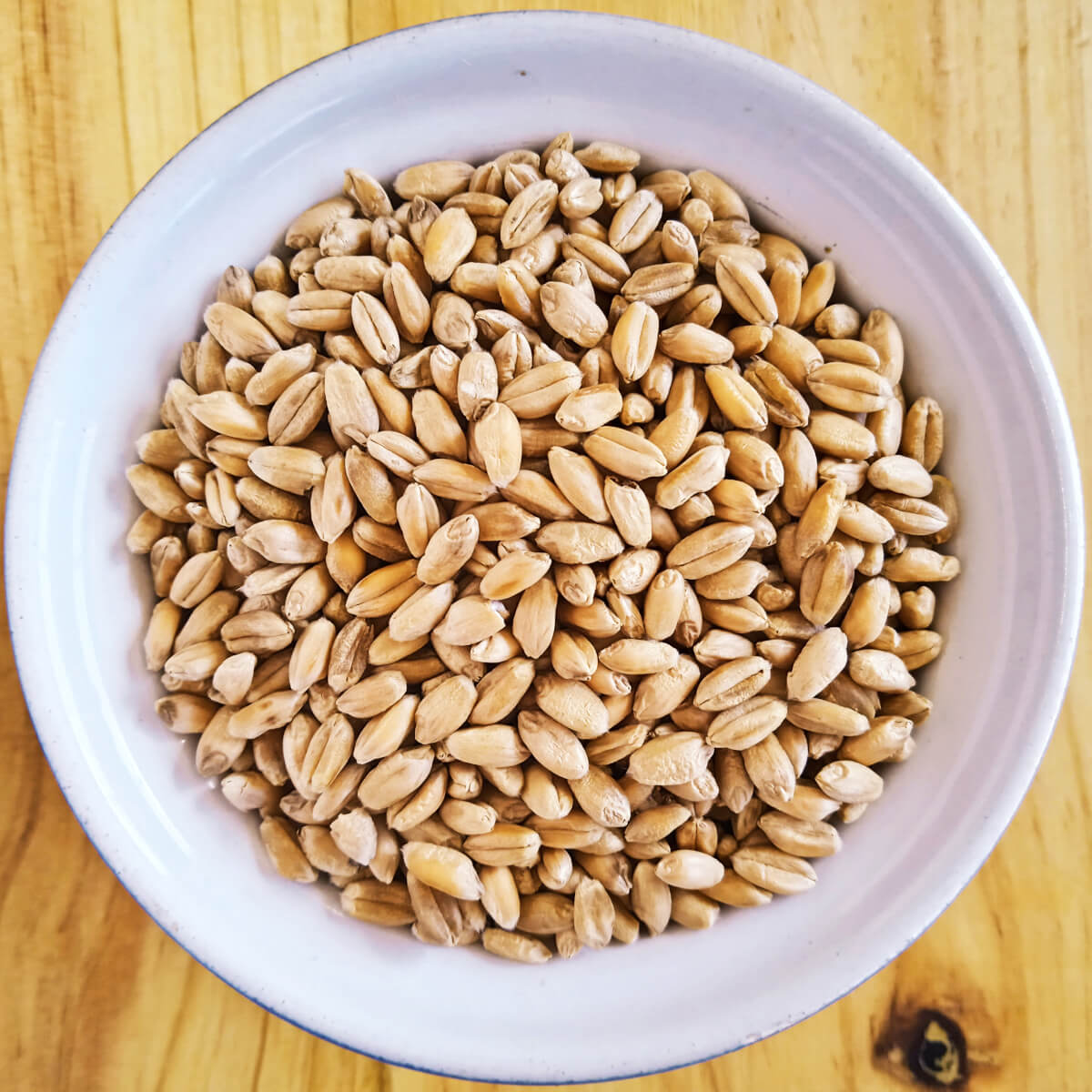


0 thoughts on “How To Store Whole Wheat Flour Long Term”